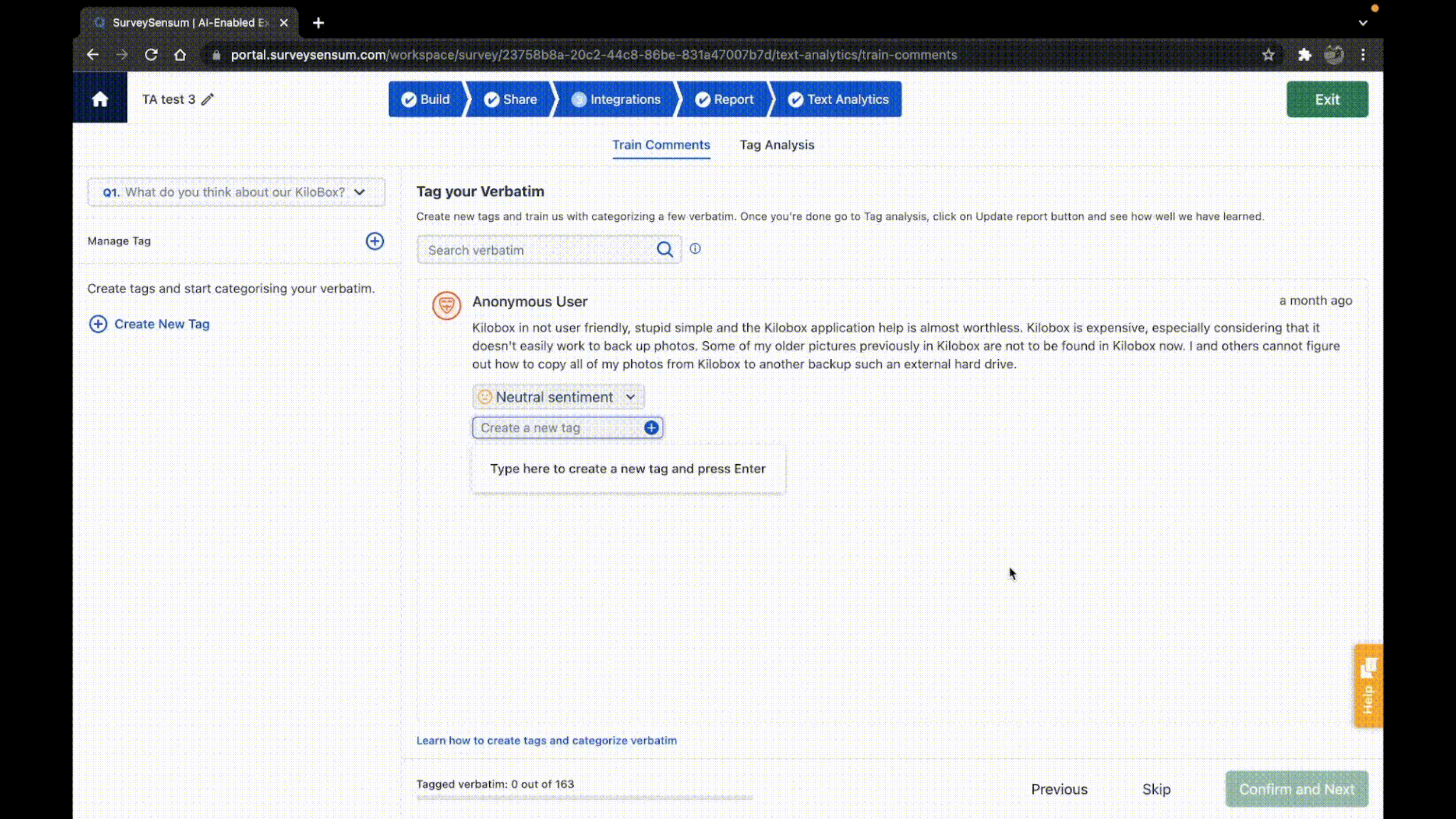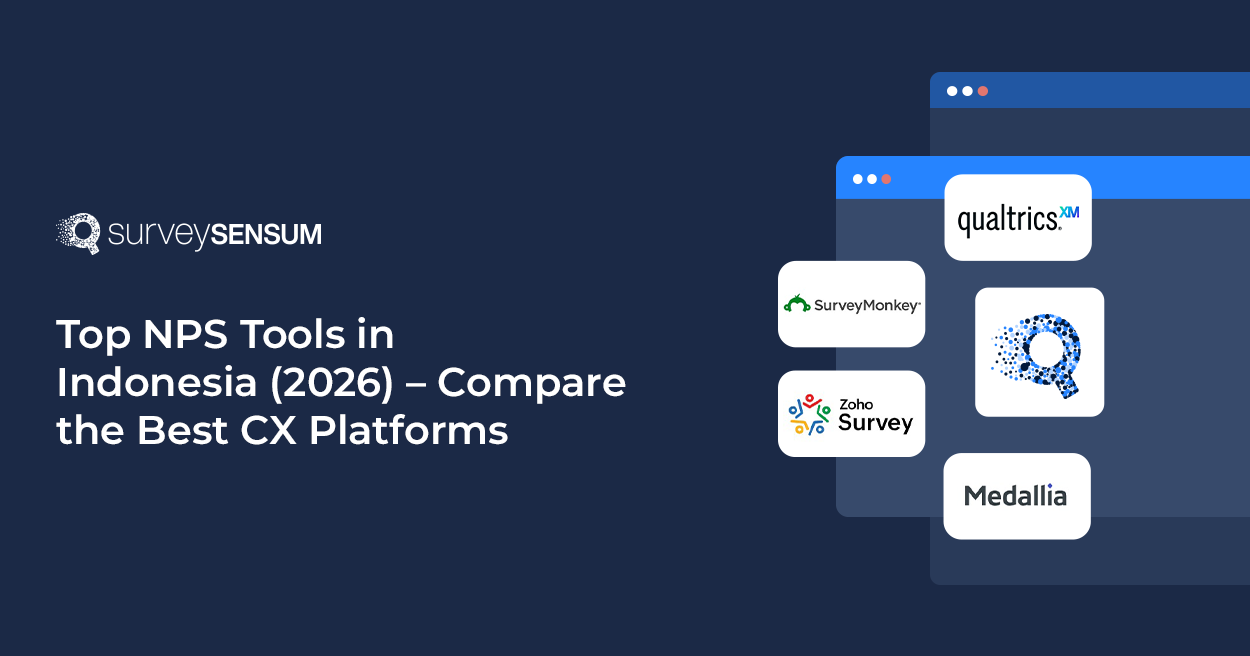

Picture this: a workplace where every voice is heard, every concern addressed, and every success celebrated. Sounds like a dream, right? Well, with the power of pulse surveys, that dream can become your reality.
Now, what is a pulse survey?
Think of it as the heartbeat of your company, pulsing with the rhythm of employee sentiment. Unlike those long annual surveys that feel more like a marathon than a conversation, pulse surveys are quick, concise, and oh-so-effective.
But wait, there’s more!
Pulse surveys aren’t just about collecting data – they’re about taking action to boost employee engagement. With a robust employee feedback tool and real-time feedback at your fingertips, you can identify issues before they escalate, recognize trends before they become patterns, and foster a culture of continuous improvement.
So, what are you waiting for? Let’s scroll down to find out more about pulse survey, and its advantages, and learn about how to create an effective pulse survey for your company to boost your employee experience, along with the right questions to ask.
First, let’s start by understanding the pulse survey meaning.
What is a Pulse Survey?

The pulse survey is a quick and easy survey method used to determine the levels of satisfaction and engagement among employees. It consists of a short and regular set of questions sent to employees.
As the name suggests, employee feedback pulse surveys are carried out to continuously gain employees’ opinions on job-related roles, interactions and associations, and the overall work environment.
But how is it different from the annual employee engagement survey you receive? Let’s see.
How is a Pulse Survey Different From An Annual Employee Engagement Survey?
There are three major differences between pulse surveys and annual employee engagement surveys. Pulse surveys are
- Conducted frequently
- Short and simple
- Follows a continuous sequential approach
| Annual Engagement Survey | Pulse Survey |
| Conducted once a year | Conducted on a regular basis – weekly, monthly, or quarterly. |
| Long and laborious | Dhort and concise and doesn’t require too much time to complete |
| Asks random questions and doesn’t follow a sequential order | Aims to learn from the results of the previous results and hence follows a sequential order |
1. Conducted Frequently
Annual employee engagement surveys are conducted once a year, but employees should be able to share feedback about their recent events, right? That’s where pulse surveys are required. Unlike annual engagement surveys, pulse surveys are conducted on a weekly, monthly, or quarterly basis. They receive employee feedback frequently, so you regularly have a pulse on your employees and react quickly to any concerns.
2. Short and Simple
Annual employee surveys are very long and laborious as they cover an entire year’s events. This leads to everyone rushing through to finish the long list of questions. It can affect the quality and authenticity of your survey results as your employees will be focused on completing the survey quickly rather than giving genuine answers to every question.
On the other hand, pulse surveys barely affect your employee’s day as they typically consist of about 3-5 questions. It means more people will complete the surveys, leading to a high to create effective pulse surveys but also have an internal system, likeresponse rate. And the efficacy of your results will increase because the respondents are more likely to answer each question honestly.
3. Follow a Continuous Sequential Approach
Pulse surveys usually follow a sequential approach as they aim to learn from the results of the changes established in a previous survey. On the other hand, broad random questions are asked in annual surveys. Therefore, the questions asked may not necessarily follow a sequential order.
So, gather real-time insights into your employee engagement with SurveySensum!
Now that we know there are some significant differences between pulse surveys and annual employee engagement surveys. Let’s understand the advantages of pulse surveys.
Advantages of a Pulse Survey
The main benefits of a pulse survey are:

1. Quick and Easy Way to Gather Employee Feedback
Pulse surveys are one of the easiest ways to gather employee feedback and analyze employee engagements. It is comparatively shorter containing only relevant questions and can be completed in a matter of minutes. This survey is more effective because employees don’t have to invest too much of their time before answering the questions.
2. Resolves Issues Regularly
Now that you’ve gathered and analyzed real-time feedback you’ll know what is bothering your employees in real-time. You know the issues they are facing in terms of work culture, skillset, colleagues, etc. Listening to them on a regular gives you a chance to work on those problems and resolve them at the earliest.
3. Detects Early Warnings
Not just employee issues, pulse surveys help companies maintain an early warning system for crucial business metrics. When you include questions about job roles, employee satisfaction, and work culture, you get an idea of what the employee feels about your company. If the response indicates dissatisfaction, then there are chances of your employee leaving your company for a better offer. And this information, on a regular basis, helps you in retaining them at the right time.
4. Enhances Company Culture by Improving Employee Engagement
A pulse survey is an ideal step towards positive employee engagement. Asking your employees frequent questions about their expectations, things they care about, their performance, etc keeps a stream of communication alive and contributes towards engaged and satisfied employees.
Furthermore, it encourages employee interaction on non-work-related topics, creating a friendly and effective team to work around. The employees feel valued as they can freely put forward their valuable suggestions through feedback and they are more likely to stay in the organization. The survey can be an important tool to highlight simple daily issues such as frequently lost items. Such problems can be easily resolved by managing assets through a software to boost productivity and morale of employees
So, launch pulse surveys frequently to get real-time insights on employee engagement!
Now that we’ve established how important pulse surveys are, let’s talk about how to create effective pulse surveys.
How to Design an Effective Pulse Survey?
Here are the steps to create highly efficient pulse surveys.

1. Define Your Objectives
It’s easy to create pulse surveys and send them out, but before that, you have to define the objectives clearly. If you begin a pulse survey without a clear plan, you’ll get irrelevant results that don’t answer your questions. So, before creating a pulse survey, it’s important to define what you want to achieve. For example,
- What are the levels or drivers of engagement?
- What action plans are working and what needs to be changed?
- How strong is the team bonding of the employees?
2. Ask the Right Questions
Now that you know what you want to achieve, the next step is to understand the how. What questions should you ask that can help you collect the data you are looking for? Try to focus on one or two key topics of interest. You should decrease the quantity and increase the quality of questions. Create pulse survey questions that are specific, timely, and actionable.
3. Establish a Frequency
Balancing the correct number of questions with the right frequency is one of the most critical phases of conducting effective pulse surveys. Your pulse survey frequency should take all of the surveys in progress into consideration because too many surveys can become distracting and tiring to your employees. The recommended survey frequency is monthly or quarterly.
4. Choose the Right Pulse Survey Tool
Using the right pulse survey tool can make big differences in employee engagement strategy. The tools shouldn’t just be able to create effective pulse surveys but also have an internal system, like Text Analytics software, that can help you analyze and manage feedback without manual analysis. After proper analysis of the survey data, you should also be able to derive valuable and actionable insights.
→ Now, how to choose the right pulse survey tool for your company? Read the Pulse Survey Tools blog to get a comprehensive guide on how to choose the best one.
Create an effective and successful Pulse survey campaign and boost your employee engagement with SurveySensum!
Yes, now you are all set to create a pulse survey, but before doing that, let’s talk about how to make it successful!
How to Increase the Success Rate of Your Pulse Surveys?
Try these steps if you want to increase the success rate of your pulse survey
- Announce the survey
- Know your audience
- Simplify question format
- Analyze responses
- Take appropriate action
1. Announce the Survey
Make an official announcement before conducting the survey and communicate to the employees how the feedback will benefit the organization. Improved interaction can have a significant positive effect on participation rates. Announce the timeline in advance and send reminders so that employees don’t delay in responding. Also, keep sending friendly reminders to complete the survey, but don’t overwhelm them.
2. Know Your Audience
Knowing the audience is a crucial step before conducting the survey. For example, if you’re looking to make a company-wide change, you need to hear from all the employees and staff. On the other hand, if it’s a managerial performance evaluation, only teams that engage with certain managers will be participating.
3. Simplify Question Format
Depending on the objective of your feedback program, focus on creating simple and explanatory questions. Choose the types of questions that are most easy to answer and gather both quantitative and qualitative feedback from the employee. You can use the Likert scale, NPS scale, multiple-choice, rating scale, drop-down questions, etc.
4. Analyze Responses

Analysis of the responses is one of the most critical parts of the employee pulse survey. Make a note of all of the positives that build a more robust organizational culture, and plan for the areas of interest. Employee feedback offers detailed insights on enhancing the employee experience.
Alternatively, if the feedback is negative, it will help you identify the areas of improvement and take action in time.
5. Take Appropriate Action

While it’s helpful to listen to employees to understand their issues better, only appropriate action will help to improve their experience. This is why it is important to close the feedback loop with your employees. When employees see that no action has been taken on their feedback, they are likely to be demotivated and won’t respond again.
So, analyze the results of your surveys, identify the areas of improvement, and then make the required changes moving forward. It will make the survey successful and encourage employees to participate again in the future.
Create simple and effective pulse surveys with SurveySensum in under 10 minutes!
So, that’s how you design an effective pulse survey and increase your response rate, now let’s talk about what questions you need to ask for better results.
Top 10 Pulse Survey Questions
To make pulse surveys effective, you must ask questions that get relevant and significant answers. Here are some examples.
Assessing Job Satisfaction:
1. Question: “To what extent are you satisfied with your current role?”
Evaluating Team Dynamics:
2. Question: “How would you rate the strength of teamwork and collaboration within your team?”
Leadership Effectiveness:
3. Question: “How do you perceive the effectiveness of your leaders in communication and leadership?”
Recognition and Appreciation:
4. Question: “To what extent do you feel your contributions are recognized and appreciated by your manager and peers?”
Opportunities for Growth and Development:
5. Question: “Do you feel you have sufficient opportunities for professional growth and development in your current role?”
Work-Life Balance:
6. Question: “How well does the organization support your work-life balance?”
Communication Channels:
7. Question: “How clear and open do you find the communication channels within the organization?”
Alignment with Organizational Values:
8. Question: “To what extent do you feel aligned with the company’s values and mission?”
Feedback Mechanisms:
9. Question: “How satisfied are you with the feedback mechanisms in place for employee communication?”
Overall Job Engagement:
10. Question: “On a scale of 1 to 5, how engaged do you feel in your overall experience at this company?”
Ask the right questions in your pulse surveys with SurveySensum’s pre-designed survey templates!
Key Statistics about Pulse Surveys

Now, last but not least, it is important to have the right employee feedback tool to launch effective pulse surveys and analyze the results in the best way possible.
Why Should You Choose SurveySensum for Your Pulse Surveys?
Even though there are plenty of pulse survey tools in the market, SurveySensum offers some unique benefits. Here are some.
1. Relevant Pre-Built Template

We understand time is a constraint for you. So simply use the pre-built templates. All you need to do is add your organization’s name and make some edits (if any) and you are good to go! Relevant questions, prefab reports dashboard, close loop integrations, etc. are already added to these templates.
2. Actionable Insights
Gathering survey responses is of no use. The real deal lies in the insights instilled from these responses. SurveySensum’s automated dashboard gives you a quick analysis of how your survey is performing, who all responded, gives you trends and verbatims, and more. No more manual reporting, simply download the customized resorts.
3. Text and Sentiment Analysis

The text analytics software captures the pulse of your employees.
How? It continuously examines the texts from their feedback, analyses the sentiments behind it, and lets you know how your employees feel about your company. All of this is automated, you don’t need to put any manual effort into analyzing the open-ended feedback.
4. Share Surveys Across Multiple Platforms

SurveySensum allows you to share your pulse surveys across multiple platforms such as emails, chatbots, Slack, WhatsApp, etc.
5. Custom Dashboard

The custom dashboard helps you create multiple reports of different surveys/touchpoints inside a single platform. In a single view, it shows you how your surveys are performing, how many people responded, what kind of responses you are getting, its trending topics, and so much more.
6. Close the Loop
We believe in closing the loop. That’s why this platform ensures that instant response is given to the employees who share their feedback. This assures them that someone is actually listening to them. Moreover, SurveySensum’s consultants can help you take action on this feedback.
7. Powerful Integrations

Switching from one platform to another can be tiresome. So, let’s bring everything to one place. SurveySensum can integrate seamlessly with your existing tools, such as Slack, Google WorkSpace, etc., to make your day-to-day operations efficient and easy.
Conclusion
Pulse survey is not just a simple feedback tool – it is a strategic approach, a commitment towards putting your employees first and listening to their needs, concerns, and pain points. Pulse surveys have the transformative power to drive employee engagement, foster a culture of transparency, and ultimately, enable businesses to reach new heights of success.
But remember, it’s not enough to simply collect feedback; you must also act on it. And for that, you need an effective and robust employee feedback tool, like SurveySensum that will not only help you in creating the best surveys but also analyze the data to derive actionable insights. And by leveraging the insights gained from pulse surveys, you can identify areas for improvement, celebrate wins, and ensure that every voice is heard and valued.















